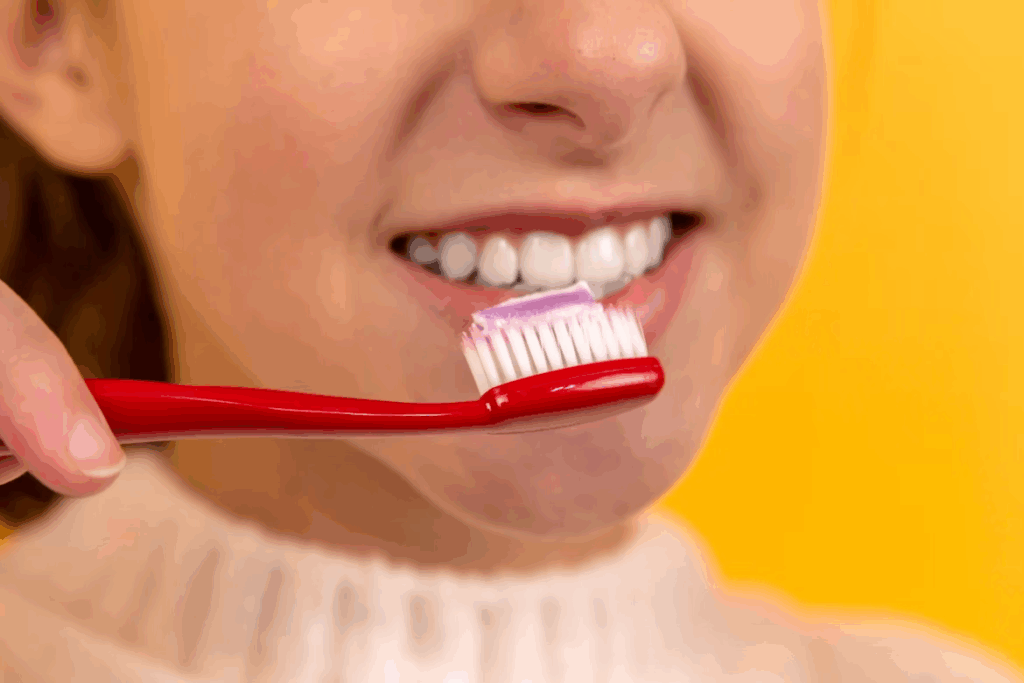
Dental implants are becoming much more common in the USA as a preferred way to replace missing teeth. You may have noticed how many people choose implants because they look natural and last a long time. The demand is growing steadily due to better awareness of oral health and implants’ strong track record.
You can expect the U.S. dental implant market to keep growing, with millions of implants placed each year and advanced materials like zirconia gaining popularity for their durability and appearance. This means more options and improved results for anyone considering implants.
If you’re thinking about dental implants, understanding their rise and benefits can help you make a confident choice about your oral health. This trend shows how dental care is evolving to offer solutions that combine function and aesthetics for many Americans.
Overview of Dental Implants in the USA
Dental implants are now a common choice for replacing missing teeth in the U.S. They offer strong, long-lasting results with natural looks and feel. Implant procedures have evolved over time, and new trends shape how dentists approach treatment today.
Definition of Dental Implants
A dental implant is an artificial tooth root, usually made of titanium, placed into your jawbone. It acts as a stable base for mounting replacement teeth like crowns, bridges, or dentures.
Implants integrate with your bone through a process called osseointegration, providing durability and a natural function. This makes implants different from dentures, which rest on the gums and can sometimes slip.
You can expect implants to restore both the appearance and chewing ability of your natural teeth. They are designed to last many years with proper care.
History of Dental Implant Use in the USA
Dental implants started gaining ground in the U.S. during the late 20th century. Early attempts faced challenges with materials and surgical techniques.
By the 1980s and 1990s, titanium implants became the standard due to their high success rates. Over the past few decades, implant use steadily grew as awareness and insurance coverage improved.
Recent data shows a notable rise in implant procedures among adults, especially those aged 35-44 who often experience tooth loss. Today, dental implants are the go-to solution for permanent tooth replacement.
Current Trends in Dental Implant Procedures
The U.S. market for dental implants is growing rapidly, with projections showing it could reach nearly $3.7 billion by 2032.
You’ll find a rise in the use of zirconia implants, which offer better aesthetics and resist bacterial growth. This material is preferred by some dentists to reduce inflammation risks.
Additionally, techniques have improved. More dentists perform implants, and success rates average around 97%. Costs vary, but patients benefit from lifelong durability and natural looks.

More adults are choosing implants over dentures for better comfort and function. This shift is driven by advances in technology and growing patient demand.
Discover the advanced dental implant solutions at Greater Washington Oral and Maxillofacial Surgery in Fairfax, Virginia.
Factors Driving the Growing Use of Dental Implants
You will find that advances in implant materials, better patient knowledge, and changing age groups all play a big role in why more people get dental implants today. These points explain the main reasons behind this trend and show what affects implant use most.
Advancements in Implant Technology
Dental implants today use materials like titanium and zirconium, which are strong and blend well with your body. Titanium, especially, makes up 91% of implants because it is non-allergic and helps prevent infections.
The design of implants has improved to fit securely into your jawbone, giving a stable base for teeth replacements. These improvements make implants last longer and feel more natural compared to older options like dentures.
New digital tools also help dentists place implants more accurately, reducing pain and healing time. These tech advances give you better results and fewer complications after surgery.
Increased Patient Awareness and Education
More people know about dental implants now because of education campaigns and expert advice. You can find clear info on how implants work and why they are a good choice, which makes more patients consider them.
You also hear more about the benefits of implants, like better chewing and a natural look, compared to dentures or bridges. This awareness helps people understand implants as a smart long-term investment rather than just a costly procedure.
Because of better information, you might feel more confident asking your dentist about implants. This leads to more discussions and higher implant use as patients become actively involved in their oral health decisions.
Changing Demographics and Demand for Tooth Replacement
As people live longer and care more about their health, many need solid tooth replacements. Older adults and middle-aged patients make up a growing share of implant users.
You will notice that missing teeth are common among aging groups, and dental implants offer a durable fix that fits their lifestyle. Younger adults also seek implants for better smiles and comfort, increasing overall demand.
Additionally, more people want treatments that look natural and last a long time. This shift in patient preferences, combined with aging populations, means more dental implants are placed each year across the country.
Benefits and Challenges of Dental Implants
Dental implants offer a reliable way to replace missing teeth with a natural look and feel. They often last longer and work better than traditional methods. However, you need to consider costs, surgery, and possible risks before deciding.
Advantages Over Traditional Tooth Replacement
Dental implants connect directly to your jawbone, which helps prevent bone loss. You won’t experience the slipping or discomfort that can happen with dentures. Implants also don’t require altering nearby healthy teeth, unlike bridges.
With implants, you get a fixed solution that feels and functions like your natural teeth. Eating, speaking, and cleaning are easier because implants are stable and secure. Many people find implants improve their confidence and oral health at the same time.
Long-Term Success Rates
Dental implants can last decades if you take good care of them. Their materials, usually titanium, integrate well with your bone, making them strong and durable. Studies show many implants still function well after 10 to 20 years.
Still, success depends on your health, bone quality, and oral hygiene. Complications like infection or implant failure are possible but uncommon if you follow your dentist’s instructions carefully.
Cost and Insurance Considerations
Dental implants tend to cost more upfront compared to dentures or bridges. The price includes surgery, implant parts, and follow-up visits. Depending on your case, treatment can range from a few thousand to several thousand dollars.
Insurance coverage for implants is limited but improving. You might need to prepare for out-of-pocket expenses. Some dental offices offer payment plans to help manage the cost over time.
Future Outlook for Dental Implants in the USA
Dental implants are advancing with new materials and techniques that improve success and patient outcomes. The market is expected to grow steadily, driven by rising demand and innovation. This growth will influence how dental practices operate and deliver care to patients.
Emerging Materials and Techniques
You can expect dental implants to become more durable and compatible with your body. New materials like zirconia are being used alongside traditional titanium. Zirconia offers better aesthetics and reduces the risk of allergic reactions.
Techniques like computer-guided surgery help make implant placement more precise. This means faster recovery and fewer chances of complications. Some implants now work better in patients with different bone types, so more people can get treatment.
Advancements in surface treatments also improve how implants bond with bone. This boosts the long-term success rate and lowers failure risks. Overall, these innovations aim to make dental implants safer, easier to place, and better suited to your needs.
Projected Market Growth
The U.S. dental implants market is growing rapidly. It was valued around $1.4 billion in 2023 and is expected to reach over $3 billion by 2030. Annual growth rates of 7% to 11% show strong demand.
Factors driving this growth include more people losing teeth and increased awareness about dental health. More adults are seeking implants as a reliable and long-lasting solution.
| Year | Market Value (USD Billion) | CAGR (%) |
| 2023 | 1.4 | – |
| 2024 | 1.5 | 11.4 |
| 2030 | 3.1 | 7.1 |
| 2035 | 3.5 | 7.4 |
This steady rise means you will likely see more options and competitive pricing in dental implant treatments in the coming years.
Impact on Dental Care Practices
Dental care providers are adapting to the growing demand for implants with new tools and training. Many clinics invest in digital imaging and guided surgery equipment to improve accuracy.
You may notice more personalized treatment plans. Dentists are using advanced diagnostics to match implants to your bone condition and lifestyle.
The growth in implants also creates more collaboration between general dentists and specialists. This leads to comprehensive care solutions for patients with complex needs.
Practice models are shifting toward efficiency and patient comfort, shortening procedure times and recovery. This focus improves your experience and outcomes for implant treatments.
Bob Duncan is the lead writer and partner on ConversationsWithBianca.com. A passionate parent, he’s always excited to dive into the conversation about anything from parenting, food & drink, travel, to gifts & more!

